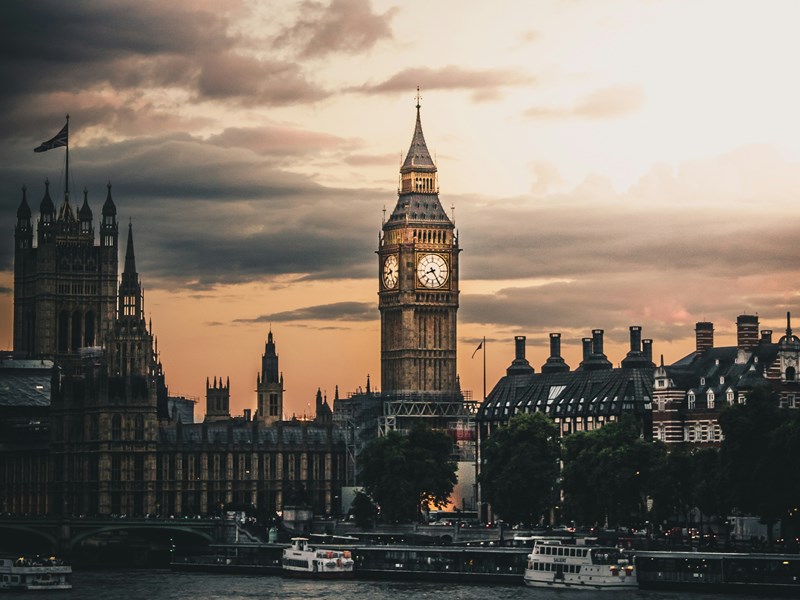MPs debate high street review and improvement plans

Conservative MP Jack Brereton, representing Stoke-on-Trent South, has introduced the High Streets (Designation, Review, and Improvement Plan) Bill, with members debating how to support high street renewal and referencing the findings of the High Streets Task Force.
IPM resercher Alessandro Graciotti looks at the detail and asks if the bill presents the right approach.
__
The private members’ bill proposes that local authorities designate areas for ‘high street use’ within their jurisdiction and then formulate improvement plans for these areas, which would be the basis for periodic reviews.Following its Second Reading on January 26th, 2024, the bill is currently awaiting scrutiny at the Committee stage.
Reporting on between one and three high streets
The Bill proposes that councils designate a minimum of 1 and up to 3 high streets, with improvement plans to be released within 12 months of designation and reassessed every 5 years.
When selecting these high streets, councils would be expected to identify non-residential areas of specific economic, social, and cultural significance. In the words of MP Jack Brereton, contributing to the Second Reading debate, “the purpose of the Bill is to place a duty on local government to pause to consider properly what can be done, and to develop an action plan that can be delivered and that will work toward getting our high streets back on track”.
The idea behind the Bill is that by designating 1 to 3 areas for ‘high street use’, councils can encourage focused engagement from local residents, businesses, community organisations, and other stakeholders in implementing improvement plans, for which the councils are accountable. “This [proposal]”, MP Jack Brereton goes on to say, “is not just about local authorities. They play an integral and important role, but there are multiple stakeholders and partners – communities, businesses and property owners – that also play an important role”. However, the Bill clauses do not explicitly address other place stakeholders apart from local authorities.
Pressure on under-resourced local authorities
While it is commendable that MPs are exploring solutions to address the challenges impeding high street regeneration using current evidence and best practices, the current form of this Bill would exacerbate the pressure on councils, positioning them as the sole proponents and stewards of visions, strategies, and improvement plans for high streets.
Top-down approaches centred on councils’ authority have been found to hinder successful high street regeneration. The work of the High Streets Task Force – supported by research from the Institute of Place Management and recognised as a significant player in high street revitalisation during the Second Reading debate – suggests that policy should prioritise the formation of partnerships in (re)developing designated town centre areas. This approach would establish a grassroots form of governance structure, fostering a shared vision with councils for collaboratively implementing improvement plans (IPM Report, 2024). Such partnerships could alleviate local authorities of burdens typically shouldered by them alone, while enabling projects to be brought forward that are most representative of local need.
Change of mindset for managing high streets
With regard to the choice of specifically designating 1 to 3 high street areas, MP Jack Brereton clarifies that “my Bill is not intended merely to work from a list of those streets that are literally called, ‘High Street’. It seeks to require local authorities to designate a street as a high street for the purpose of the improvement plan”, namely the streamlining of actions leading to ‘quick wins’. “It is not my intention that local authorities should be forced to designate an entire high street if one end is clearly different in nature – for example, residential – compared with the end of the street that is more traditionally for high street use. I make it clear that part of the intention is that adjoining streets can be included in the designated high street, or continuous streets with different names that form what is thought of locally as the high street”.
While leveraging locals’ knowledge of their ‘high street areas’ is crucial, there's a risk that the current form of the Bill may perpetuate an outdated mindset. This mindset oversimplifies the high street and overestimates councils’ capacity, leading to geographically-focused yet short-sighted interventions failing to address the above-mentioned councils’ place management issues. Without prioritising the formation of partnerships, high street regeneration is unlikely to bring about ‘quick wins’ that endure in the local community and place management ecosystem (IPM Report, 2024).
